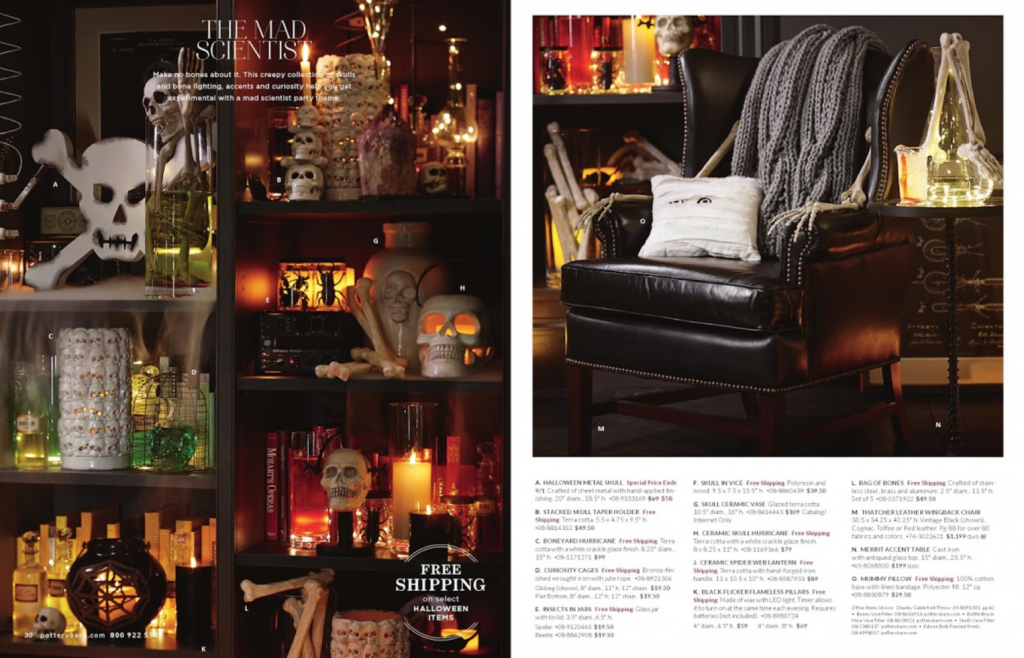 Several months ago, Robert Fogarty asked if I wanted to contribute something to a special issue of The Antioch Review called “The Future of Museums.”
Several months ago, Robert Fogarty asked if I wanted to contribute something to a special issue of The Antioch Review called “The Future of Museums.”
I did! It’s been years since I worked at the Royal Ontario Museum and this was my opportunity to see if anything I’d learned in my career as a consulting anthropologist might serve as a way to think about the future of these precious but challenged institutions.
Here are the opening paragraphs of the essay. (The full text may be found in the issue now on the stands [Vol. 74, No. 2, Spring 2016]. You should be able to buy the issue here soon.)
Remaking the Museum for the 21st Century: A Hakluytian opportunity
Grant McCrackenWhen I became the director of the Institute of Contemporary Culture at the Royal Ontario Museum, I was a young man and naïve on virtually every count. I see that now.
If anything could save me, it was that I was recently graduated from the University of Chicago’s Department of Anthropology. This program acted on its graduates like a seminary or a yeshiva. We entered the world with our eyes on fire. I thought I knew exactly what I was doing and, more particularly, what to do. My task, as I saw it, was to make North American culture course through the museum. It was to capture the contemporary world in archives and exhibits.
This was not quite the way the museum saw my task. The Institute (ICC) was an expedient designed to address the Museum’s (ROM) most pressing problem. The membership was dying. The average age was 60-something. Once a great center of life in Toronto and Canada, the ROM needed institutional rescue. Broaden the audience, that was the thing. But broaden the idea of culture? If you must, but really, on second thought, please don’t. The ROM was as ambivalent as I was naïve.
In the intervening 25 years, my career has taken me out of the museum and then out of the academic world altogether. This essay represents an elliptical return, a fly-by that enables me to bring things learned in the “deep space” of the consulting world to bear on the museum world that has in some ways always remained my sun.
The news from this perspective is both grim and heartening. Let’s start with grim.
My argument is that some museums might wish to turn their powers of observation on the future. They could make themselves a little like Richard Hakluyt. Hakluyt (1552-1616, pronounced “hak-loot” and “hak-light”) was an Elizabethan chaplain, a private secretary, and a deeply curious man who applied himself to a particular task: knowing everything one could know about the new world and how to get there.
Here’s the nub, or a nub, of the essay:
And this is where the museum comes in. The museum could make itself a center for gathering intelligence, quizzing explorers, assembling reports, and collecting maps. It could be the place people go to see the future and more specifically their organization’s future. It could build a system of knowledge about the future where others are now “spectacularly casual.” The museum has a Hakluytian opportunity.
Making systems of knowledge is the museum’s traditional brief. To be sure, the Hakluytian system doesn’t look much like the Victorian one. But then the Victorian mandate is well in hand. Our knowledge of natural history, while incomplete, is extensive and intensive. So is our grasp of human cultures and especially their material cultures. I don’t believe the museum world has ever identified these as the only systems of knowledge that matter. We could embrace a post-Victorian mandate and go a step forward. Two steps actually. The first of these is to build a systematic understanding of contemporary culture. The second is to make a window on possible futures, staffed by smart people and furnished with good ideas.






